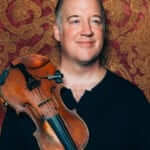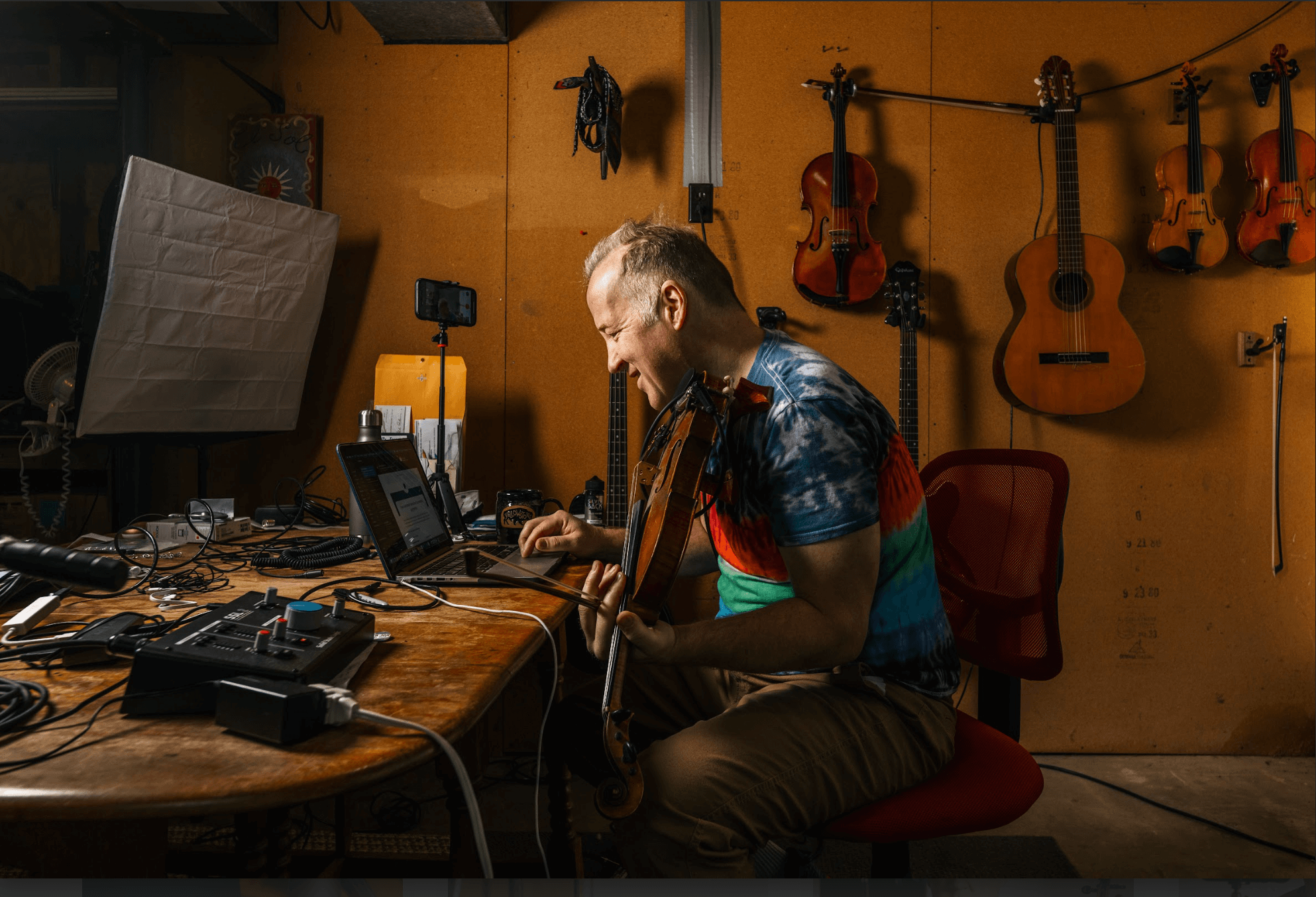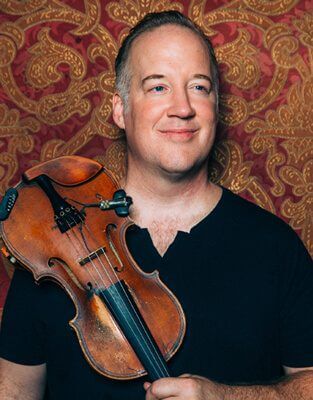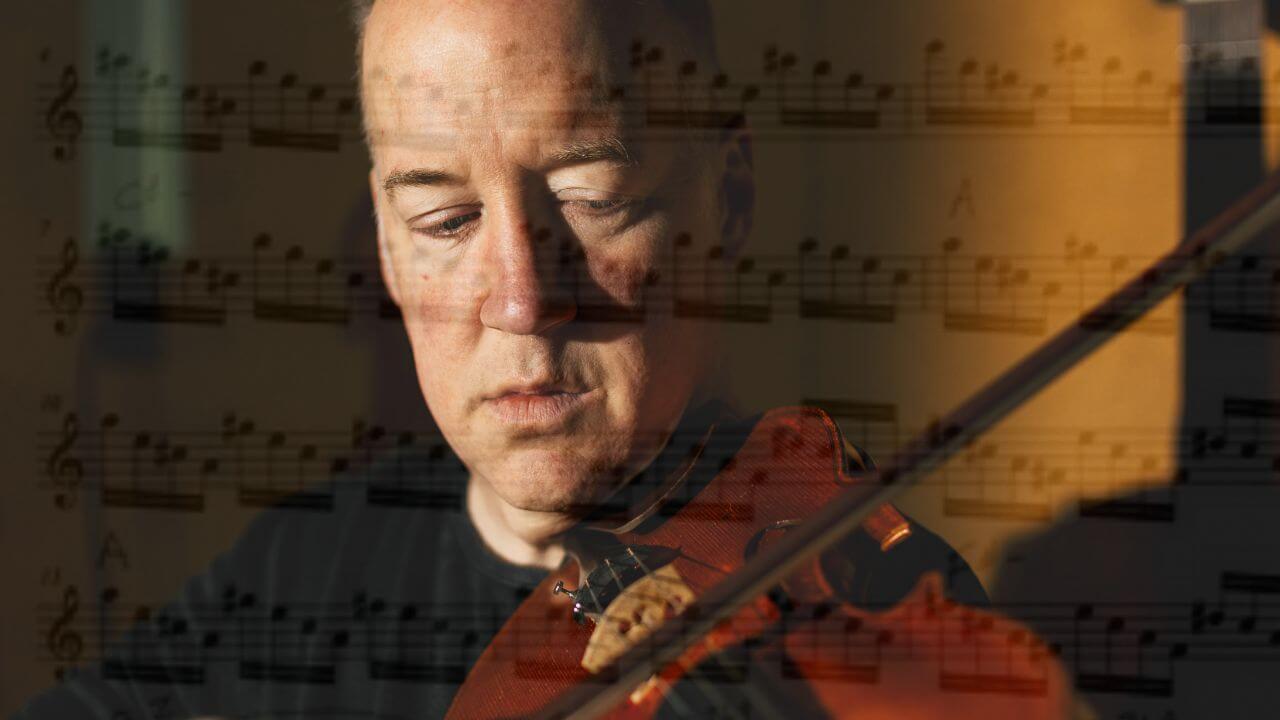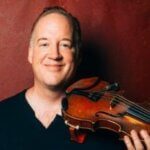In this fast-paced play-along lesson, I will teach you to play Dark Eyes on Violin. There is a difference between learning the melody of a song and learning the song. In this guide, we’ll unravel the mysteries of Dark Eyes, a timeless classic, equipping you with tools to go beyond playing the melody. Delving into accompaniment, basslines, and improvisation, this guide suits violinists, fiddlers, cellists, and violists. Our mission? Empower you to become a versatile musician, harmonizing across genres and expressing your musical identity with confidence. Let’s go.
Table of Contents
Revealing the Heartbeat of Dark Eyes:
🎥 Watch and Play Along:
Dive into the interactive Dark Eyes violin play-along video. Play, practice, and learn alongside this jazz violin lesson. Click the video below, grab your instrument, note the chord changes below the video, and let’s start!
👉 Watch the Interactive Video Lesson
Build the Foundation- Dark Eyes Violin Sheet Music
To grasp the intricacies of accompaniment, soloing and bass lines, follow the chord changes below.
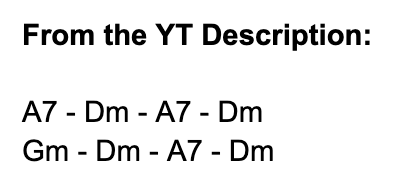
As I build a loop, with strumming and a bass line, you can play along. Our goal? A rock-solid accompaniment foundation.
Crafting Basslines and Arpeggios:
Mastery of Voice Leading:
Prepare for the next level – voice-led arpeggio combinations creating seamless melodic transitions. Experience voice-led triads between the 5 and 1, (A7 and D minor); this progression is a cornerstone of harmony. Connecting the chord tones, building a vocabulary of linear expressions of the progression.
Crafting Melodic Narratives:
Explore melodic improvisation, where captivating lines take center stage. Focus on rhythm, infusing swing and groove. These lines can rely exclusively on chord tones or weave in and out.
Pushing the Boundaries:
Craft longer, intricate lines. Explore melody variations and vivid strokes on the sound canvas. Challenge yourself!
Unlocking the Second Loop Variation:
I modified the loop for you to be able to play extended phrases. Begin with simple phrases grounded in the arpeggio, gradually adding complexity. Your arpeggio exploration reaches new heights.
Scaling Musical Peaks with Scales:
Shift focus to scales, preserving arpeggio essence in your basslines. Possibilities abound. Explore arpeggios, scales, bebop scales. Sometimes, mastery opens doors to uncharted musical territories ;-)
Let’s Exchange Musical Tales:
Engage in a musical exchange. I’ll lead; you’ll follow with your unique interpretation. Our loop remains constant; our instruments engage in a soulful dialogue. Let creativity soar amidst harmonious notes.
Summing Up:
As we revisit Dark Eyes’ original form, remember our path. We’ve unraveled accompaniment, basslines, and voice-leading secrets. We’ve journeyed through improvisation and scales. Now, embrace Dark Eyes’ enchantment; let your musical abilities flourish.
If you’re interested in studying Jazz violin, or you just want to be a more functional musician in any styles, see my in-depth guides, jazz violin sheet music, and more all over this website . Your journey to becoming a master of jazz violin music starts here. 🎵
Frequently Asked Questions
1. What is the significance of learning “Dark Eyes” on the violin?
Learning “Dark Eyes” on the violin is valuable for any musician looking to expand their jazz repertoire. It’s not just a melody; it offers opportunities to hone your improvisation, harmonic, and rhythmic skills, making you a more versatile musician.
2. Can I use this lesson if I’m a cellist or a violist?
Absolutely! While this lesson is violin-centric, the principles of jazz improvisation, harmony, and rhythm are applicable to cellists and violists as well. You can adapt the techniques to your instrument.
3. Are there sheet music or tabs available for this lesson?
While we focus on playing by ear and fostering improvisational skills, sheet music and tabs can be beneficial. You can find related resources on our website, including notation for some other jazz pieces.
4. How do I approach improvisation over chord changes?
Improvisation is a central aspect of jazz. We cover various strategies, including voice leading, chord tone targeting, and scale exploration, in this lesson. You’ll find guidance on developing your improvisational skills.
5. Can I watch the instructional video for free?
Yes, our instructional video for “Dark Eyes” is freely accessible. We invite you to watch, play along, and learn from the interactive lesson experience.
6. Do I need prior jazz experience to benefit from this lesson?
No, this lesson caters to both beginners and experienced jazz musicians. We start with fundamental concepts and progress to more advanced techniques, ensuring it’s beneficial for musicians at all levels.
7. Are there opportunities to practice with a backing track?
Yes, we provide backing tracks to enhance your practice sessions. These tracks allow you to apply the concepts you’ve learned in a musical context. The video above contains the backing track by itself at the end.
8. How can I improve my rhythmic skills while playing jazz?
Rhythm is a crucial component of improvisation in any style. In this lesson, we delve into rhythmic aspects and offer exercises to help you develop a strong sense of time and groove. We also have many play-along videos more specifically devoted to rhythmic in various types of groove besides swing.
9. Can I share my progress and ask questions about the lesson?
Absolutely! We encourage you to share your progress and ask questions in the comments section of the instructional video. We’re here to support your musical journey. If you would like to get my direct feedback on questions, consider signing up for a lesson with me. All new students can take one free private lesson with a trial of my home study course Creative Strings Academy.

